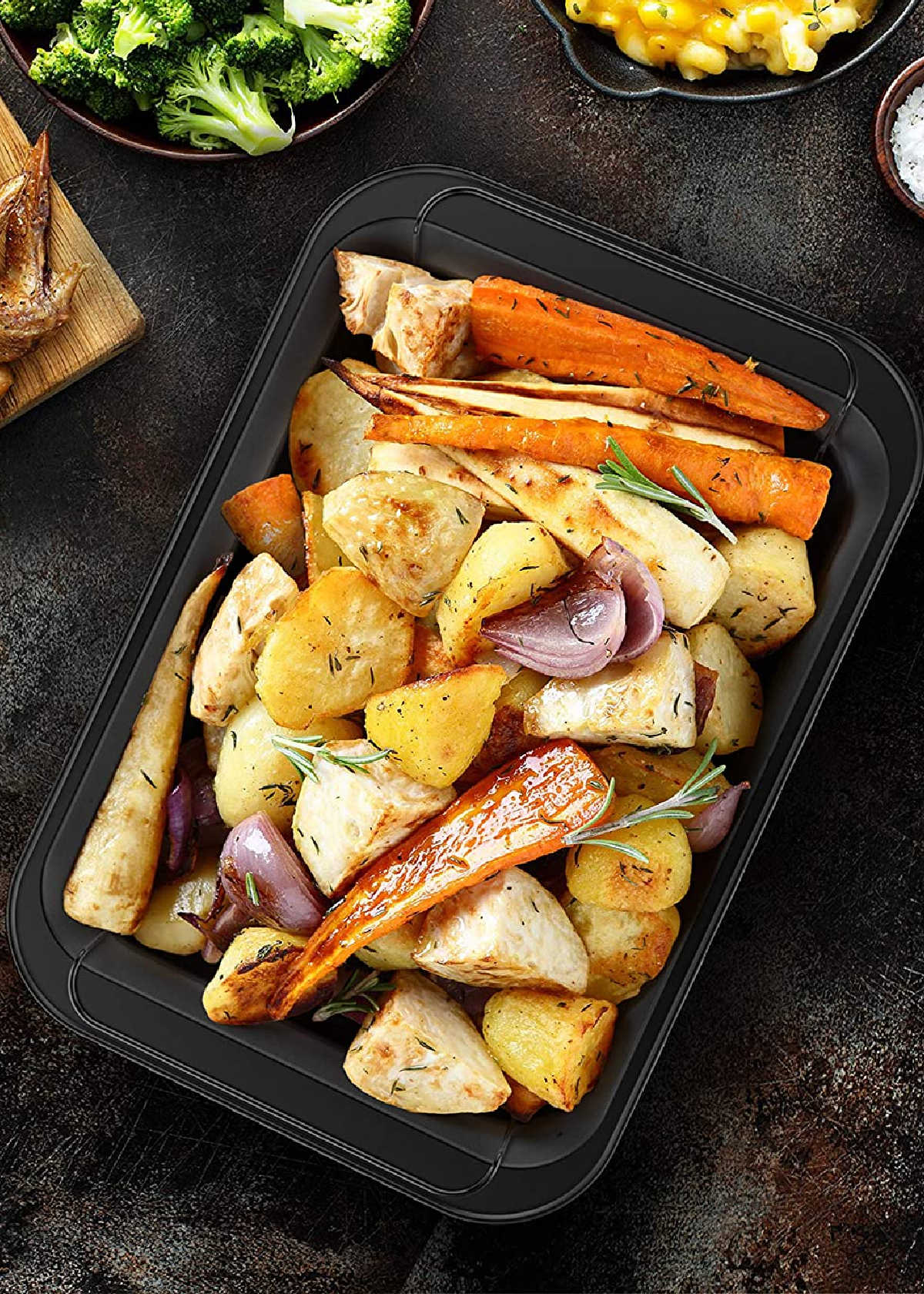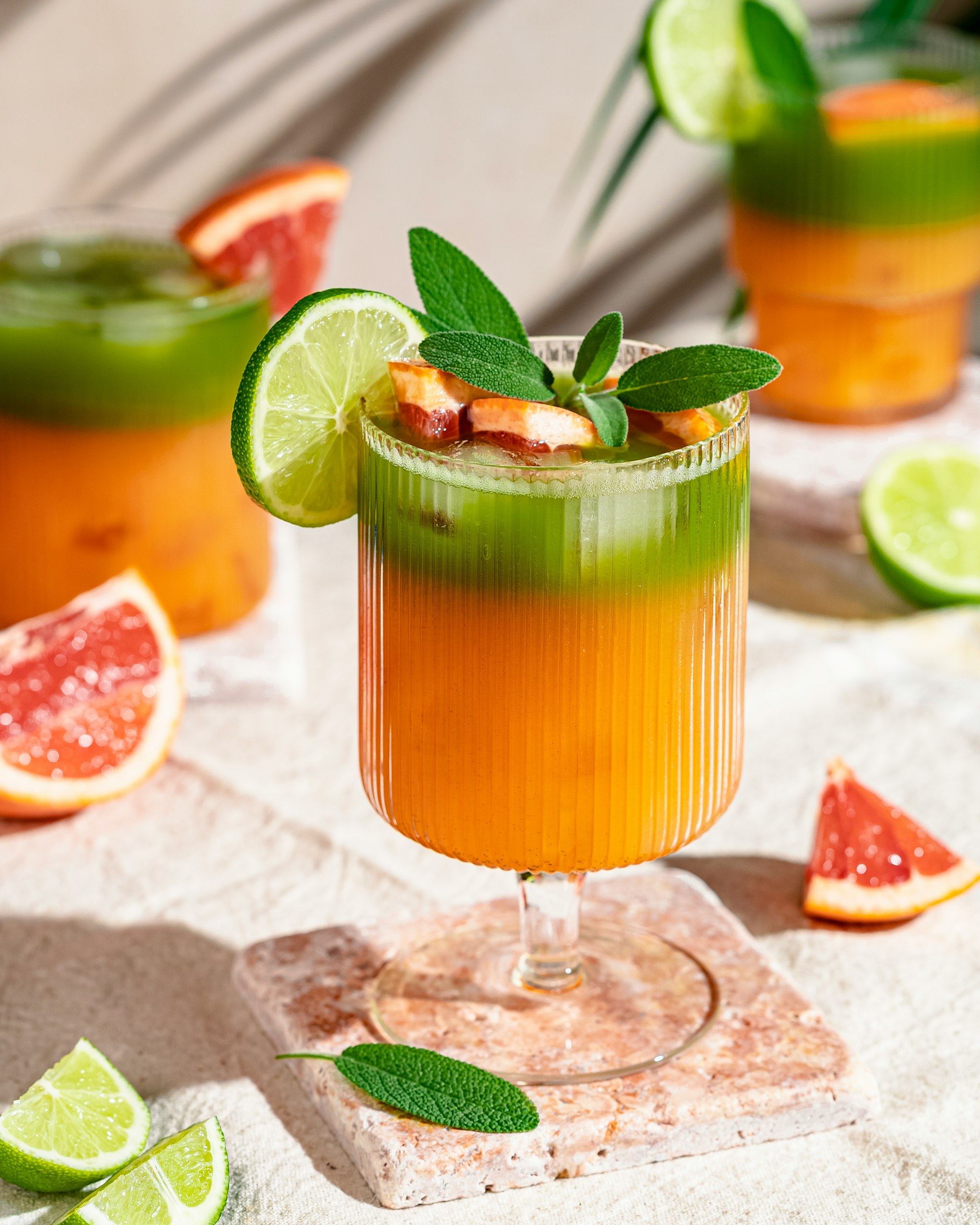Content Summary
Are you a coffee lover who likes to experiment with different origins? Then you must include Ethiopian coffee in your list. Ethiopia is the birthplace of coffee, and its beans exhibit unique flavors, aromas, and nuances that coffee aficionados adore.
However, if you think that Ethiopian coffee is just a commodity, then you're missing out on the rich history and culture behind it.
In this blog post, we'll discover the history of coffee in Ethiopia, the various types of beans, the taste profile of Ethiopian coffee, different types of Ethiopian coffee drinks, and how to make a perfect cup of Ethiopian coffee at home.






Ethiopian Coffee
The History
Ethiopia is indeed the birthplace of coffee. The earliest evidence of coffee harvesting and brewing dates back to the 9th century in the Ethiopian highlands. Legend has it that a goat herder named Kaldi noticed his goats frolicking after eating the red cherries from a particular plant.
Intrigued, he sampled the berries and discovered that they had a pleasant, instant boost of energizing effect. Soon, other Ethiopians started using these cherries to make a beverage that kept them alert and vibrant during long religious rituals. Thus, coffee was born.
A popular proverb among Ethiopians when referring to coffee is "Buna dabo naw", meaning "Coffee is our bread". This is a testament to the importance of coffee in their culture.




The Coffee Beans
Ethiopian coffee beans are celebrated for their complexity and diversity due to the country's varied geography and climatic conditions.
Ethiopian coffee beans come from 2 main species: Arabica and Robusta. Arabica is the most popular and revered, known for its complex flavors, balanced acidity, and pleasant aromas.
There are 4 main types of coffee beans in Ethiopia: Harrar, Sidamo, Limu and Yirgacheffe. Each variety has a unique taste profile, depending on the growing region, altitude, soil, and processing method.
- Harrar beans have a fruity, wine-like flavor with a medium body.
- Sidamo beans have a caramel sweetness and an intense aroma with a strong acidity.
- Limu beans have a mild, chocolaty flavor with a smooth body.
- Yirgacheffe beans have a lighter body and floral aroma.




The Coffee Taste
Ethiopian coffee is famous for its fruity, floral, chocolate, and spicy notes. It has a medium to light body, lively acidity, and a smooth finish.
- The Harrar variety exhibits a winey taste with hints of blueberries and chocolate.
- The Sidamo variety is spicier, with notes of cinnamon, caramel, citrus, and jasmine.
- The Limu variety is milder, with notes of nuts, caramel, and berries.
- The Yirgacheffe variety has a delicate floral aroma, intense citrus acidity, and a subtle sweetness.
Ethiopian coffee has a distinct taste due to its processing method. The beans are processed using the dry or natural method, which involves drying the whole cherries in the sun, allowing the flavor of the fruit to infuse with the bean. This process produces coffee with a fruity flavor, a winey acidity, and a chocolate finish.




The Coffee Ceremony
The coffee ceremony is an integral part of Ethiopian culture and is seen as a ritual of hospitality. It involves roasting the beans over an open fire, grinding them in a mortar, and brewing the coffee using a traditional clay pot called a "jebena".
- First, the woman of the house will roast the beans, carefully stirring them in a pan until they are golden brown. The roasting process activates the aromas and flavors of the beans.
- Second, she will grind the beans using a mortar and pestle until they become fine powder.
- Third, she will place the ground coffee into a "jebena" – an earthen pot, and add water from a clay jug called an "abeba".
- The mixture is then boiled for several minutes and the foam that rises to the top is scooped off and added back into the jebena.
- Finally, she will pour the coffee from one cup to another until it forms a thick crema on top.
- The coffee is served in small cups with sugar or honey for sweetness. It's served with traditional snacks such as popcorn, sweet, cookies, roasted barley, and peanuts.




Types Of Coffee Drinks
Ethiopia coffee is versatile and can be enjoyed in various ways.
- Buna: traditionally, Ethiopians brew their coffee in a ceremony called "Buna". They roast the beans over an open fire, grind them, and steep them over hot water in a clay pot called "jebena." The resulting coffee is thick, strong, and served with spices like cinnamon and cloves, sugar or honey.
- Macchiato: another popular Ethiopian coffee drink is "macchiato" which is a shot of espresso topped with steamed milk and a dollop of foam.
- Yirgacheffe latte: this is a delicious and refreshing drink made with espresso, cold milk, ice, and a dash of honey.
- Qishr: This is a traditional Ethiopian spiced coffee, made with coffee husks, ginger, cardamom, and clove. It's sometimes replaced by fruit skins, making it a popular summer drink.



How To Make Ethiopian Coffee
Here's a simple recipe you can make at home, using Ethiopian coffee beans, with common brewing methods: French press or pour-over filter.
Ingredients
- Ethiopia coffee beans
- Water
- Cream and sugar (optional)
- Spices like cinnamon or cloves (optional)
Instructions
- Grind fresh Ethiopia coffee beans to a medium-coarse consistency, and measure one tablespoon of coffee ground for every six ounces of water.
- Heat water to just before boiling temperature.
- Add the coffee grounds to a French press or pour-over filter.
- Pour the water slowly over the coffee and let it steep for four minutes. (You can pour it over the grounds placed in a ceramic or clay coffee pot called a jebena for a traditional method).
- Gently press the French press plunger or remove the filter.
- Pour the coffee into a cup, and enjoy it straight or with cream and sugar.


Tips & Tricks
- If you prefer stronger coffee, try adding extra ground coffee.
- For a more intense flavor, try roasting the beans yourself or using traditional methods.
- Add spices such as cardamom, cinnamon, and ginger for a more robust flavor.
- If you prefer iced coffee, try a Yiracheffe latte for the perfect summer drink.
- Add honey or sugar to sweeten your coffee and make it extra delicious.
- You can try different varieties, brew methods, and recipes until you find your favorite.
Ethiopia coffee is not just another coffee; it's a culture, a history, a taste, and a ritual. You can explore the world of Ethiopian coffee and discover its delights.
Need an Ethiopia Jebena coffee pot? Check out our pick below!
Need an automatic coffee maker or a manual French press coffee maker? Check out our picks of the best colored coffee makers below!
You can share the joy of Ethiopia coffee with everyone and impress them with your skills. Sip on Ethiopia coffee and toast to its rich heritage!
Catchy Finds















